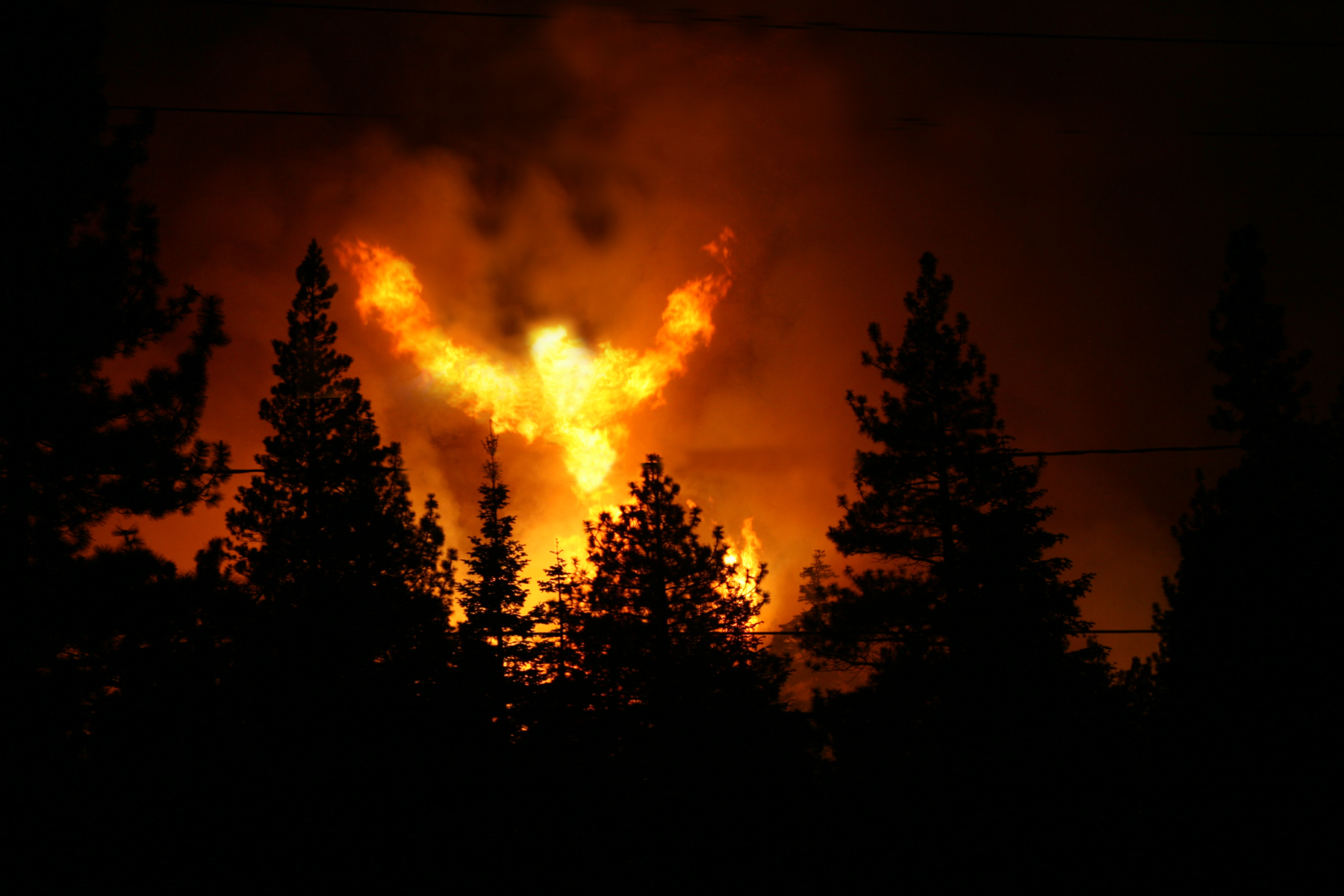Stephen Greene
English 48B
March 16, 2011
Journal #28, Christopher Benefy
"But why the sickbed rather than the marriage bed? This is the occasion for Gordon’s boldest stroke. She has combed Dickinson’s poems for an “explosive image-cluster: .... But Gordon thinks there were eruptions in Dickinson’s brain as well, accounting for the poet’s reclusiveness and even, perhaps, for her white dress, adopted for “sanitary” reasons. “What’s clear,” the author concludes, “is that she coped inventively with gunshots from the brain into her body." But if she was an invalid confined to her house, what should we make of those baffling “Master letters”? Gordon suspects that the letters were little more than “a stirring fantasy,” mere “exercises in composition.” She argues, plausibly, that Dickinson’s imaginative fantasies about her Master “spilt into an actual relationship,” her romantic epistolary give-and-take with the newspaper editor Samuel Bowles"("Explosive Inheritance", http://www.nytimes.com/2010/08/01/books/review/Benfey-t.html?_r=4&src=me).
"Rich and other feminist critics have worked so successfully to dispel the idea of Dickinson as a hyper-feminine poetess that we now tend to overlook other salient features of her works. This focus upon the powerful images in Dickinson's poetry has provided a necessary corrective to the "belle of Amherst" myth, but we should not allow it to blind us to a whole range of other images. Rather than ignore or suppress Dickinson's diminutive figures and personae, we can return to them now, armed with feminist interpretive practices and prepared to read them anew. In our new approaches to reading the conventionally weak or powerless figures in Dickinson's poetry, we discover that she uses these figures in unconventional and complex ways. For instance, Margaret Homans provides a rereading of the daisy in Dickinson's poetry and letters, demonstrating how the poet, in her use of the daisy, consciously reworks that image. Homans argues that Dickinson employs the daisy as a forceful figure: the daisy inverts the power relationship with other figures such as the "sun" and the "Master," thus affirming its own strength. Homans firmly places the daisy beside the volcano, the loaded gun, and the bomb as representative of Dickinsonian power, not restraint (201-206). Joanne Feit Diehl, Jane Donahue Eberwein, Suzanne Juhasz, Mary Loeffelholz, Cristanne Miller, Barbara Antonia Clarke Mossberg, and Vivian Pollak also"("The Emily Dickinson Journal", Project Muse, http://muse.jhu.edu/journals/edj/summary/v002/2.1.anderson.html).
 I think that Gordon's analysis of who Emily Dickinson was is very revealing and cuts rather deep. The idea of her being stuck in her bed because of some ailment like epilepsy is striking enough as it is, and something surprising to me. This thought did not even cross my mind when reading her poetry or information on her, but it seems to make perfect sense. The lack of factual information on her seems to be the most interesting part as there is plenty of room to speculate. However, reading some of her poetry again through the lens that Gordon makes clear, the words seem to take on whole new meanings. I can clearly see them as the works of a young woman, stuck in her bed from some sort of ailment, and shut in her room by her own choice to avoid some of the explosive feuding taking place in her family. She found an escape in her poetry and in a sense hid in her room from the imaginable screaming and yelling and disruptive arguments that probably took place in the household as a result of some of the feuds and craziness. The sexual and marital nature of these feuds would have undoubtedly given her some subject matter for her poetry, yet she seems to almost rise above it, perhaps seeing it all as superficial and silly ti fight about. This would lead her to her sick-bed rather than marriage-bed. She did not want to have the responsibilities of married life, saw the difficulties that it could create, and had more pressing issues on her mind: her poetry. She rather, confined herself or almost hid from the noise of everyone else, inside her room and was able to find refuge there, delving into herself, unsatisfied with the depth of the world that surrounded her.
I think that Gordon's analysis of who Emily Dickinson was is very revealing and cuts rather deep. The idea of her being stuck in her bed because of some ailment like epilepsy is striking enough as it is, and something surprising to me. This thought did not even cross my mind when reading her poetry or information on her, but it seems to make perfect sense. The lack of factual information on her seems to be the most interesting part as there is plenty of room to speculate. However, reading some of her poetry again through the lens that Gordon makes clear, the words seem to take on whole new meanings. I can clearly see them as the works of a young woman, stuck in her bed from some sort of ailment, and shut in her room by her own choice to avoid some of the explosive feuding taking place in her family. She found an escape in her poetry and in a sense hid in her room from the imaginable screaming and yelling and disruptive arguments that probably took place in the household as a result of some of the feuds and craziness. The sexual and marital nature of these feuds would have undoubtedly given her some subject matter for her poetry, yet she seems to almost rise above it, perhaps seeing it all as superficial and silly ti fight about. This would lead her to her sick-bed rather than marriage-bed. She did not want to have the responsibilities of married life, saw the difficulties that it could create, and had more pressing issues on her mind: her poetry. She rather, confined herself or almost hid from the noise of everyone else, inside her room and was able to find refuge there, delving into herself, unsatisfied with the depth of the world that surrounded her.

























